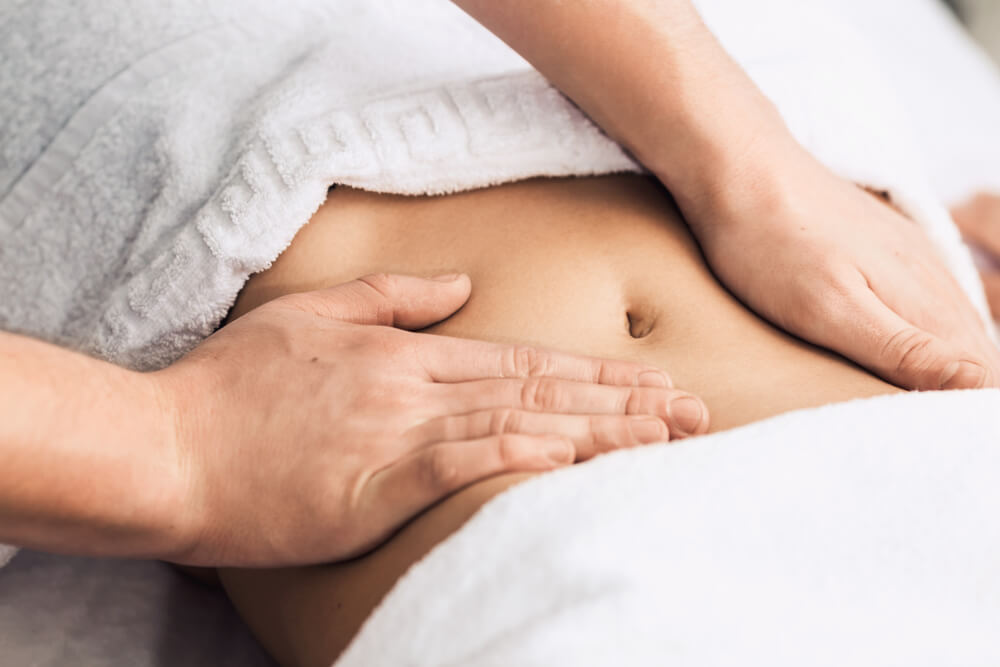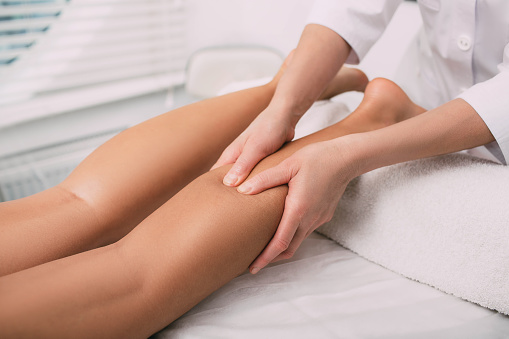
Cupping Therapy: The popular massage add on explained
By Krista Jones, LMT
Cupping Therapy has seen a massive increase in the massage industry in the past decade and most massage therapists offer it as a service addition. Clients that have received this service add-on explain the benefits as feeling less tension and more refreshed, along with those reddish markings that last a few days. But what is cupping really doing for the body?
Cupping Therapy has been around for thousands of years. The use of tissue suction therapy is not a new practice by any means and the fact it has held strong as a method of healing shows its effectiveness to our human systems. Many believe it to have originated in Early China, but some historians believe it to have existed as early as Ancient Egypt. Chinese medicine theory and practices have additional purposes behind cupping, but in this post we will discuss cupping as it pertains to the spa and massage experience.
Cupping therapy creates negative pressure, a suction, which encourages the movement of oxygenated blood, lymph and interstitial fluids within the body. Oftentimes when tissues within our body become tight or stiff due to injury or stress, the circulation of these fluids becomes decreased. This is called Ischemic, and it decreases the ability for these fluids to move freely and properly in these areas. Cupping therapy encourages the older fluids that have been struggling to properly circulate to come to the surface of the tissues for the lymphatic system to properly clean up. These are the markings that you see post cupping session, called Sha. Cupping, with proper use, does not break blood capillaries, meaning these are not bruises. They are simply the older fluids in the tissues surfacing to allow and encourage fresh bodily fluid circulation to begin the healing process of the area. The Sha markings may have different color ranges depending on what stagnations are coming out of the tissues. Example, the lighter the red tone the fresher the fluids are in the body whereas the deeper the red tone into purple tones the longer the fluids have been stagnant in the tissues. White or no markings can sometimes indicate the area is very restricted and circulation is very limited or deficient in this area. Yellow tones in markings can indicate lymph restrictions or surfacing of old medications in the system.
In Massage, from a myofascial perspective, cupping also helps encourage movement in areas with fascial restrictions. Fascia is the connective tissue in our body that connects all muscular, skeletal and visceral structures in the body. Where massage uses compression to free restrictions, cupping uses negative pressure to help pull restrictions out of their compressed states while also encouraging fresh fluids in and older fluids out. In massage sessions, there may be a combination of stationary cupping and gliding cupping (with use of oil) for this purpose. When the cup is gliding across the tissue it encourages fresh blood flow, as well as, encouraging the fascia out of its bound state. Both stationary and gliding methods are useful and your massage therapist may utilize one or both methods in your session.
Is it painful? Generally, there is little to no discomfort experienced in session. In some cases, the area of focus might be sensitive due the level of fascial restriction and a little bit of discomfort may be felt during gliding of the cups or initial application of station cups. Any discomfort should either dissipate in the process or be within the clients’ pain tolerance level. Cupping is deep tissue work and communication is necessary between the Massage Therapist and client to ensure the work being done is within the clients’ tolerance. Never be afraid to speak up in sessions with your Massage Therapist if something is uncomfortable, intolerable or painful. Modifications can be made to ensure your comfort while still getting the benefits.
Cupping may also be used for other reasons within your spa experience. Facial cupping uses small cups for a light gentle suction method to encourage movement of lymph and oxygenated blood to create a revitalized look to the face and decollete. Cupping may also be used in lymphatic massage; in which case a specific method of gentle rhythmic suction and release may be performed to encourage lymph movement through the system. Cupping can also assist with circulation of the respiratory fluids for those that have lingering chest congestion following a cold.
There are a variety of cup styles on the market. While cups serve the same basic purpose, each version offers a unique experience but it also comes down to personal preference as to which version your massage therapist may use. Plastic or glass pump cups offer more control over the level of suction being used and often come in larger quantity sets than the silicone varieties. Silicone cups offer ease of use and work great for personal use at-home as well as mobility work in session. The flexibility of the silicone can maintain its suction while using stretching or range of motion techniques on the cupped region. The smaller silicone cups work great for areas that plastic or glass cups can’t suction at, such as the forearms and parts of the feet/hands. Some feel silicone cups work better for gliding work. Small silicone or glass squeeze pump cups are often used for gliding or for more gentle cupping such as facial or lymphatic stimulation. Fire cupping works similar to glass pump cups, though is usually a standalone session and requires more extensive training and should only be used by professionals trained and certified specifically with fire cups.
Cupping is not for everyone and there are some health and medical conditions in which cupping therapy is not advised. Be sure to inform your Massage Therapist of any medications, medical or health conditions you may have to ensure cupping is a safe addition to wellness regime.
Proper hydration is important before and after session to help your system maintain the good fluid circulation and to support the lymphatic system in cleansing out the older fluids. Lack of proper hydration with cupping sessions can lead to slower results.
At Klorraine, we offer cupping services as an Add-on to your massage treatment or a 30 minute session of its own.






